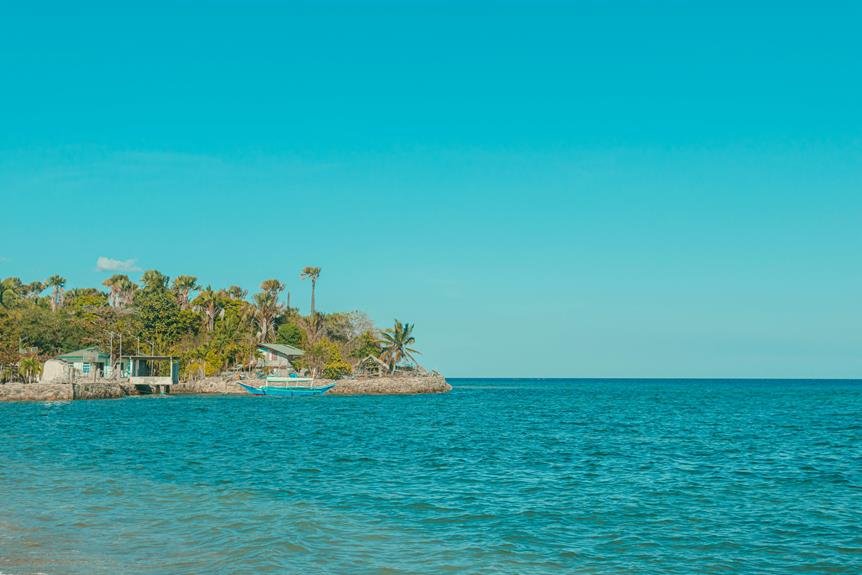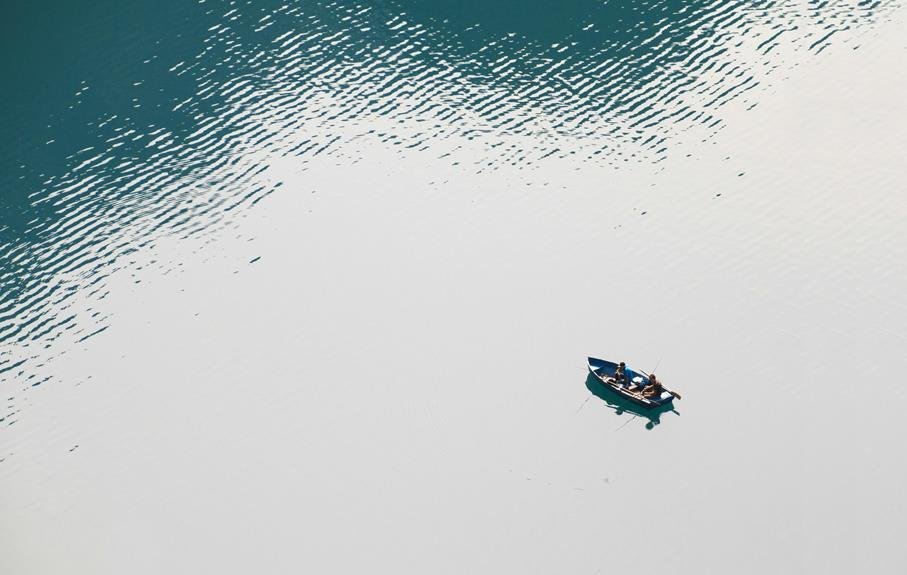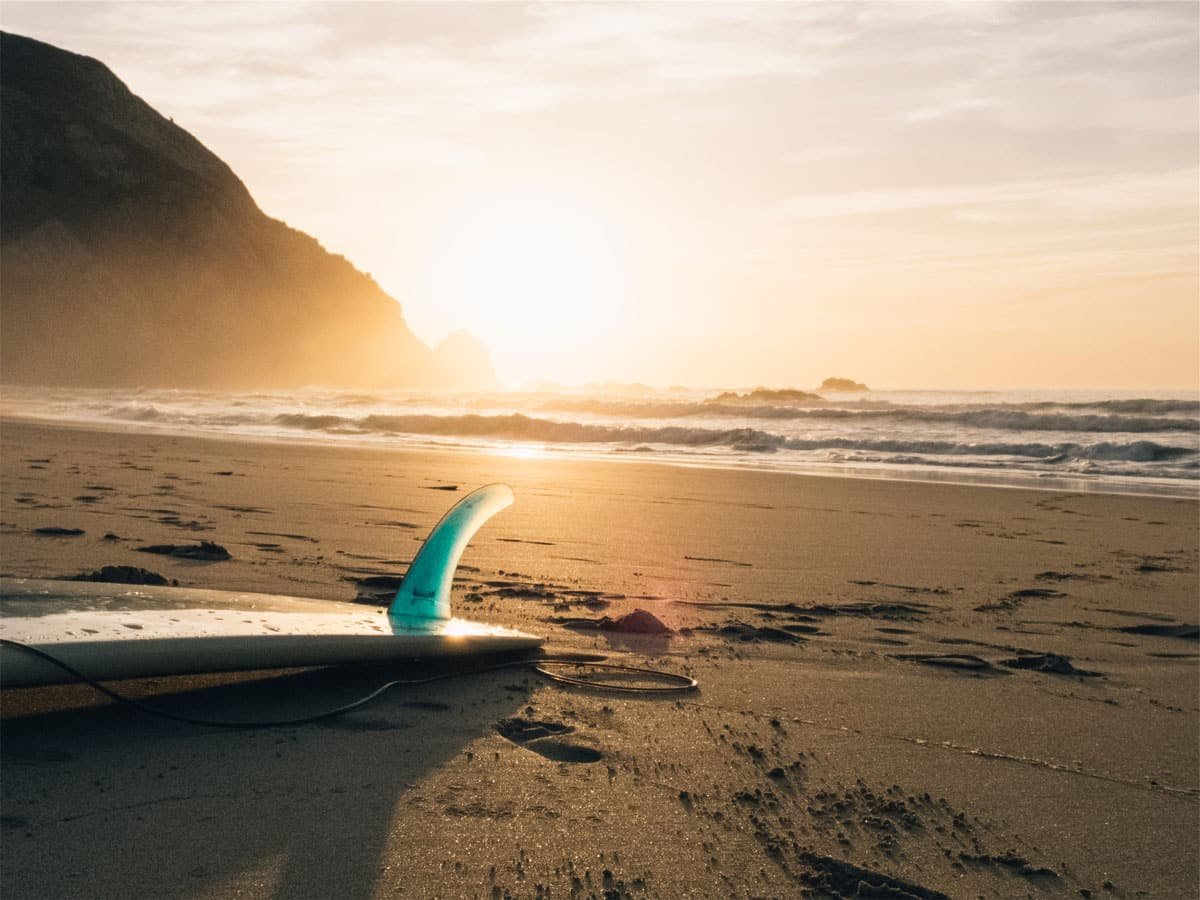Fishing tide charts are essential tools for anglers, providing critical insights into the timing and patterns of tidal cycles, which profoundly influence the behavior and movements of inshore fish species. By understanding tide charts, anglers can synchronize their fishing trips with the most productive tidal phases, increasing their chances of catching fish. Tide charts help anglers refine their strategies, adapt to changing environmental conditions, and ultimately catch more fish. By examining the correlations between tide phases and fish behavior, anglers can optimize their fishing trips and increase their chances of success, and a deeper understanding of these complexities can further enhance their fishing experience.
Key Takeaways
- Fishing tide charts provide valuable insights into fish behavior, allowing anglers to plan their trips during the most productive tidal phases.
- Understanding incoming tides helps anglers target shorelines and channels 2-3 hours before high tide, increasing their chances of catching fish.
- Outgoing tides signal fish to reposition themselves around structural features, making these areas ideal for ambushes and targeted fishing.
- Effective use of tide charts involves considering tide variations, analyzing patterns, and correlating them with fish behavior to refine fishing strategies.
- By planning ahead using a tide chart, anglers can pinpoint productive fishing windows, increasing their chances of catching their desired species.
Understanding Fishing Tide Charts
Understanding fishing tide charts is essential for saltwater anglers, as they provide valuable insights into the movements and behaviors of inshore fish species, allowing fishermen to plan their trips more effectively and increase their chances of catching fish. By analyzing tide patterns, anglers can identify the prime times to fish, increasing their chances of success. A well-planned fishing routine can make a significant difference in catching fish. Tide charts provide essential information on the timing and duration of tidal cycles, enabling fishermen to synchronize their fishing trips with the most productive tidal phases. By incorporating tide charts into their fishing routine, anglers can refine their strategies, adapt to changing environmental conditions, and ultimately, catch more fish.
Incoming Fishing Tides Explained
During incoming tides, fish tend to congregate in shallow water areas, where the rising water level increases baitfish and crustacean activity in channels and bay mouths, making these areas prime targets for anglers. Shoreline dynamics play a vital role in this process, as the rising water pushes prey towards the shoreline. Water clarity also improves during incoming tides, allowing fish to more easily locate prey.
| Tide Phase | Fish Behavior | Angler Strategy |
|---|---|---|
| Incoming Tide | Congregate in shallow water areas | Focus on shorelines and channels |
| Increase baitfish and crustacean activity | Plan to fish 2-3 hours before high tide | |
| Improve water clarity | Check fishing tide times a few days prior | |
| Cast baits into the current and allow them to drift back |
Outgoing Fishing Tides Strategies
As the tide begins to recede, fish tend to reposition themselves in areas with structural features, such as potholes, ledges, channels, bridges, or piers, where they can ambush prey drifting with the outgoing current. This phenomenon creates ideal conditions for structural ambushes, where predators await the unsuspecting prey carried by the current. Current breaks, formed by the interaction of the outgoing tide with underwater structures, also become focal points for fish activity. Anglers can capitalize on this by targeting these areas, using lures or baits that mimic the natural prey being swept by the current. By understanding the dynamics of outgoing tides, anglers can increase their chances of landing a catch.
Using Tide Charts Effectively
A thorough understanding of tide charts is pivotal in optimizing fishing trips, as it enables anglers to pinpoint the most opportune times to fish and increase their chances of landing a catch. Effective use of tide charts involves considering Tide Variations, which can substantially impact fishing experience. By analyzing tide charts, anglers can identify patterns and correlations between tide phases and fish behavior.
| Tide Phase | Fishing Strategy |
|---|---|
| Incoming Tide | Fish shallow water areas, focus on shorelines, and plan to fish at least two to three hours before high tide. |
| Outgoing Tide | Fish near potholes, ledges, channels, bridges, or piers, and cast baits into the current. |
| Peak Tide | Target areas with structural features, such as drop-offs or weed beds. |
| Low Tide | Fish deeper areas on the flats, and consider wind and weather influences. |
| Changing Tide | Focus on areas with strong currents, such as channels or bridge crossings.
Tide Chart Planning Tips
To maximize the effectiveness of a fishing trip, it is essential to plan ahead using a tide chart, taking into account the specific species being targeted, the time of year, and the prevailing weather conditions. Understanding tide patterns and identifying key fishing windows are vital for a successful trip. By analyzing the tide chart, anglers can pinpoint the most productive periods for fishing, increasing their chances of catching their desired species. It is essential to take into account the species' behavior during different tide phases, as some species are more active during specific tide patterns. By combining knowledge of tide patterns with fishing experience, anglers can refine their strategies and increase their catch rates.
Fishing During Peak Tides
During peak tides, specifically the two-hour windows surrounding high and low tide, fish are often most active, and anglers can capitalize on this activity by targeting areas with structural features that concentrate baitfish and predators. These periods of peak feeding coincide with the strongest tidal currents, which stimulate the movement of prey species, attracting predators. Understanding tidal patterns is essential in identifying these peak feeding periods, as they vary depending on the location and time of year. By aligning their fishing trips with these peak tidal periods, anglers can increase their chances of encountering active fish. By analyzing tidal charts and incorporating knowledge of tidal patterns, anglers can develop a strategic approach to fishing, maximizing their catch during peak feeding times.
Tide Phase Fishing Strategies
Fishing strategies that align with specific tide phases can substantially enhance catch rates, as certain species exhibit distinct behavioral patterns in response to changing water levels and currents. During peak moon cycles, fishing pressure tends to increase, making it essential to adapt strategies accordingly. For instance, during the new moon phase, species like striped bass and bluefish tend to congregate in areas with structural features, such as drop-offs and channels. Conversely, during the full moon phase, these species often disperse, making it necessary to adjust fishing locations and techniques. By understanding these tidal phase-specific behaviors, anglers can refine their strategies to maximize catch rates and mitigate the impact of fishing pressure.
Maximizing Tide Chart Benefits
Optimizing tide chart analysis facilitates a nuanced understanding of the complex interplay between tidal cycles, species behavior, and environmental factors, ultimately enabling anglers to refine their fishing strategies and enhance catch rates. By recognizing patterns in tide patterns and correlating them with species behavior, anglers can pinpoint ideal fishing times and locations. A well-planned fishing calendar, integrated with tide chart analysis, enables anglers to capitalize on peak feeding periods and maximize their catch. Additionally, understanding the intricate relationships between tidal cycles, lunar phases, and environmental factors allows anglers to adapt their strategies to specific fishing conditions, increasing their chances of success.
Frequently Asked Questions
How Accurate Are Online Fishing Tide Charts Compared to Local Tackle Shop Charts?
Comparing online and local tackle shop charts reveals potential discrepancies due to tide variations, with online charts potentially lagging behind real-time changes, while local charts may reflect more nuanced, location-specific knowledge, highlighting the importance of considering chart discrepancies when planning fishing trips.
Can I Rely Solely on Tide Charts or Should I Also Consider Other Factors?
When planning a fishing trip, bear in mind factors beyond tide charts, including moon phases, water clarity, and wind patterns, as these can profoundly impact fish behavior and habitat, ultimately affecting the success of your fishing expedition.
What's the Ideal Time to Start Packing up When the Tide Is Changing?
During the tide shift, maximize the fishing rush by timing packing up accordingly; approximately 30 minutes to 1 hour before the tide change, start wrapping up to avoid missing the prime fishing window.
How Do I Adjust My Fishing Strategy for Nighttime Fishing During Tidal Changes?
As the nocturnal veil descends, adjust your fishing strategy by considering the moon phase, as its gravitational pull influences tidal cycles, and water clarity, which affects prey visibility, to optimize nighttime fishing during tidal changes.
Are There Any Tide Charts Specifically Designed for Freshwater Fishing?
While traditional tide charts cater to saltwater fishing, freshwater fishing requires adapting to lake variations and river patterns, where water levels, currents, and seasonal changes impact fish behavior, necessitating specialized charts or local knowledge to optimize fishing strategies.
Conclusion
As the ocean's pulse beats in harmony with the lunar cycle, the symphony of tides orchestrates the behavior of inshore saltwater fish species. By deciphering the cryptic language of fishing tide charts, anglers can synchronize their efforts with the ocean's rhythms, increasing the likelihood of reeling in a prize catch. By mastering the intricacies of tide charts, anglers can tap into the ocean's hidden patterns, revealing the secrets of the deep and maximizing their catch.









